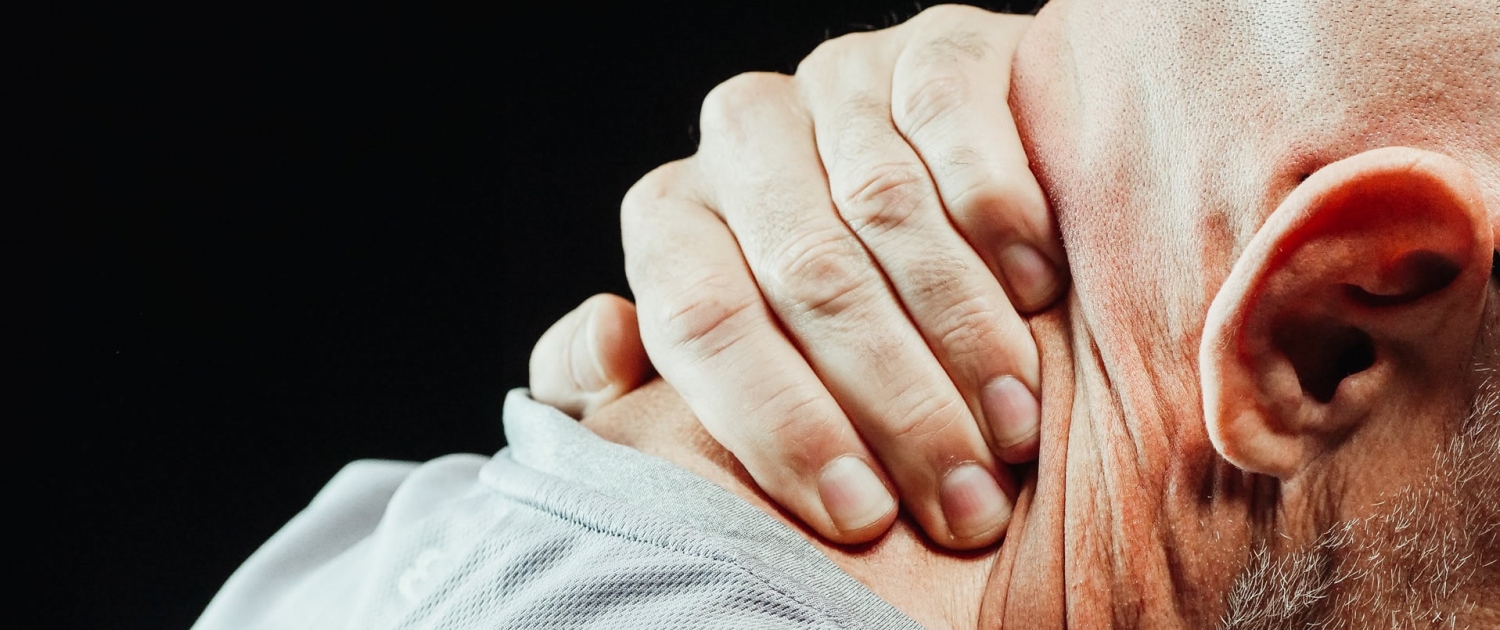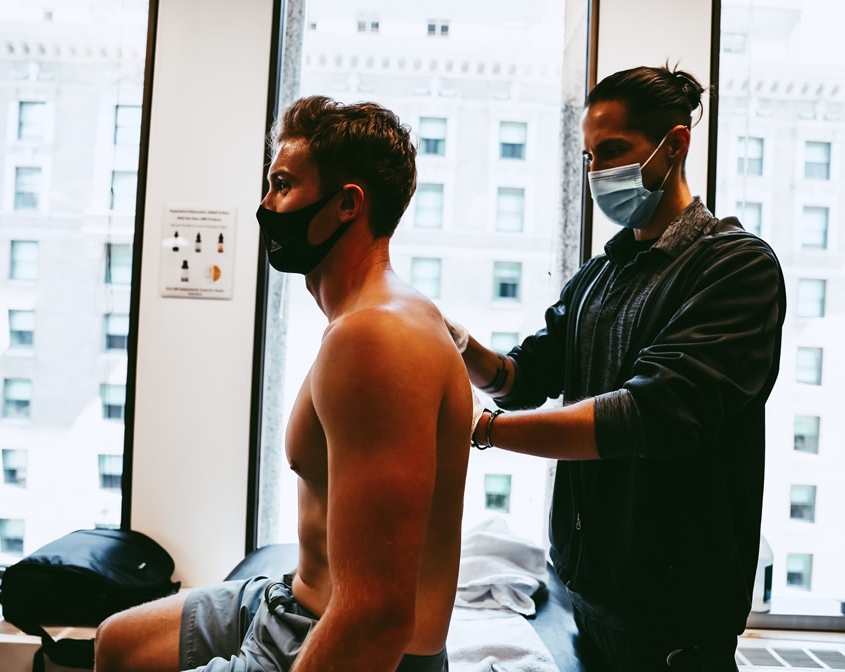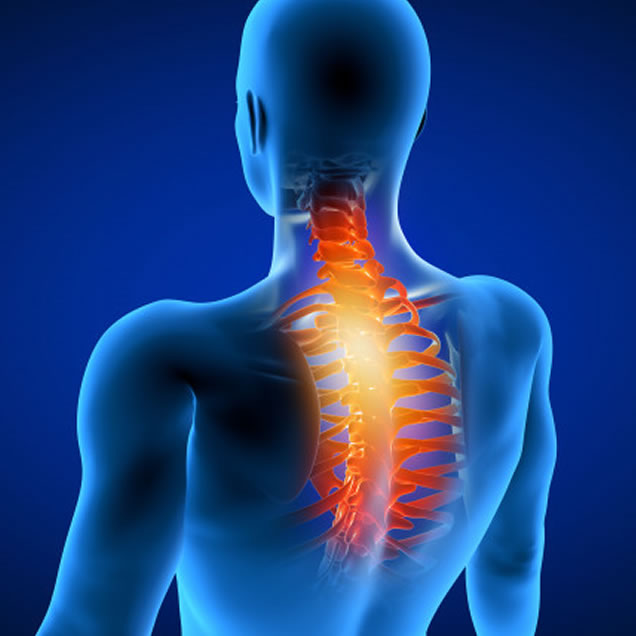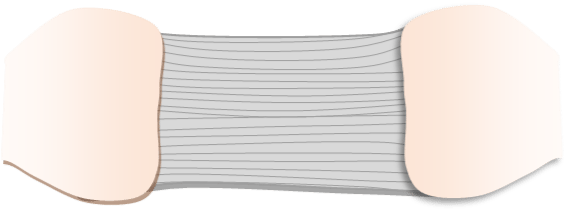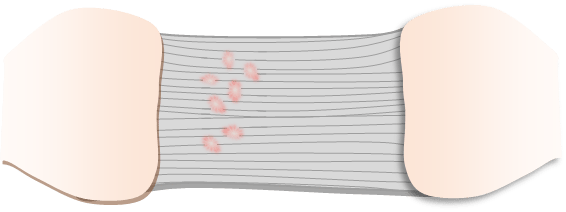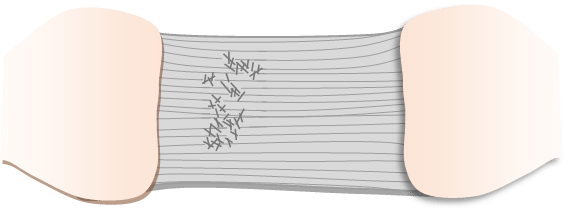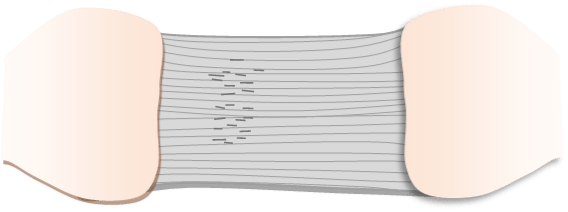WHIPLASH
The doctors and therapists at Graham Rehabilitation have assisted and treated thousands of cases of whiplash related trauma with measured and consistent success. Additionally, our clinic is well versed in the medicolegal aspects of whiplash cases. Comprehensive documentation of your injuries and recovery will be readily available for all insurance companies involved. Our expertise in treating whiplash injuries will ensure that both your recovery and the legal components involved in processing your claim are completed in a thorough and stress free manner.

